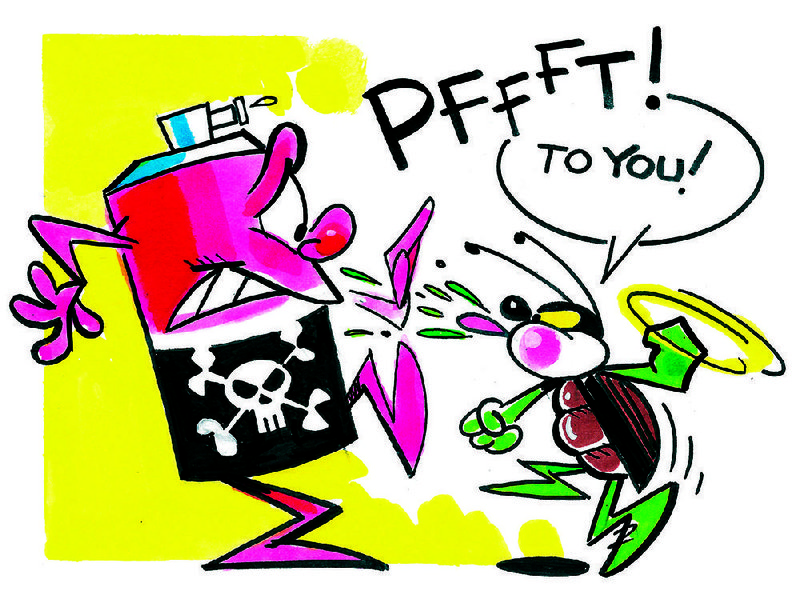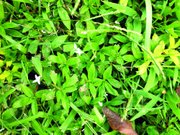Q How long does it take a systemic insecticide to start working? We applied Bayer Systemic Insecticide for Trees and Shrubs to our euonymus and wonder when we can expect improvement.
A The systemic insecticide works fairly quickly when applied in the spring. One thing to be aware of is even though you may have killed the scale insects on your euonymus, they are not going to fall off. The plants should start to rebound with new growth, which should be clean of insects, but the damage they did to the old foliage will not disappear. Over time you should have healthier and happier plants.
Q One more time: how do I make blue hydrangeas bluer and pink ones pinker? And could I ever encourage any of them to be purple? Please give examples of the products I need. I'm not good at chemical names.
A The pH of the soil determines the color of big leaf hydrangeas. Acidic soils (below pH 6) will have blue flowers, while alkaline soils (above 7) will have pink ones. Neutral soils (6 to 7) will have purple blooms. Have your soil tested at your local county extension office to determine the pH of your soil. To make the soil more acidic, you add garden sulfur or an acidic fertilizer such as azalea fertilizer. To make the soil more alkaline you would add lime. Either product is sprinkled around the plants. This will not change the pH overnight -- it takes time to work itself down into the root zone.
Q Last year in February I failed to tell the person pruning my shrubs not to touch my gardenia bushes. I just knew they would not bloom that spring, but I had the most beautiful blooms ever. So thought I would test it this year. I had them pruned in February this year and have had the fullest blooms. They have been beautiful. Thought you might be interested to know this. I will continue to prune them each year with the other shrubs.
A I wonder what variety you have. There are many new varieties of gardenias that bloom on the old wood and the new wood. I have a single "Kleim's Hardy" or "Daisy" variety, and if you were to prune it in February you would never have any blooms, since it only blooms once on flower buds set in late summer/early fall. I also have a huge, old-fashioned double variety that is covered in blooms now and has never been pruned. It only blooms once a year, and again, pruning it would have removed the flowers. I also know quite a few gardeners who have gardenias that were nipped back by winter weather and have no blooms thus far this season, but should get some blooms on new growth. I have some "Jubilation" gardenias that bloomed on the old wood and will continue to bloom on the new wood as well -- I often have blooms for several months on these. Have a reason to prune, but if pruning is working for you, don't fix something that isn't broken.
Q I first noticed this weed last summer. It has green and variegated green and yellow leaves, and produces a small white flower with four petals. It spreads rapidly, carpets the ground and will out-compete anything in its path. Is there an effective treatment or control for this weed that can be used over St. Augustine?
A You have a tough weed to control. It is called Virginia buttonweed. This is a perennial weed that prefers low and often moist areas. If you can spot it as it first gets established, dig it up, making sure to get the taproot. Herbicides provide only temporary suppression of Virginia buttonweed, and you have to be careful about what products you use on St. Augustine. Multiple applications of three-way (2,4-D + MCPP + dicamba) herbicides at intervals of three to six weeks do a fair job of suppressing Virginia buttonweed. Consult the label to determine the safety and rates for St. Augustine. Don't use such herbicides when the temperatures are as hot as they are now.
Janet B. Carson is a horticulture specialist for the University of Arkansas Cooperative Extension Service. Write to her at 2301 S. University Ave., Little Rock, Ark. 72204 or email her at
jcarson@arkansasonline.com
HomeStyle on 06/23/2018

